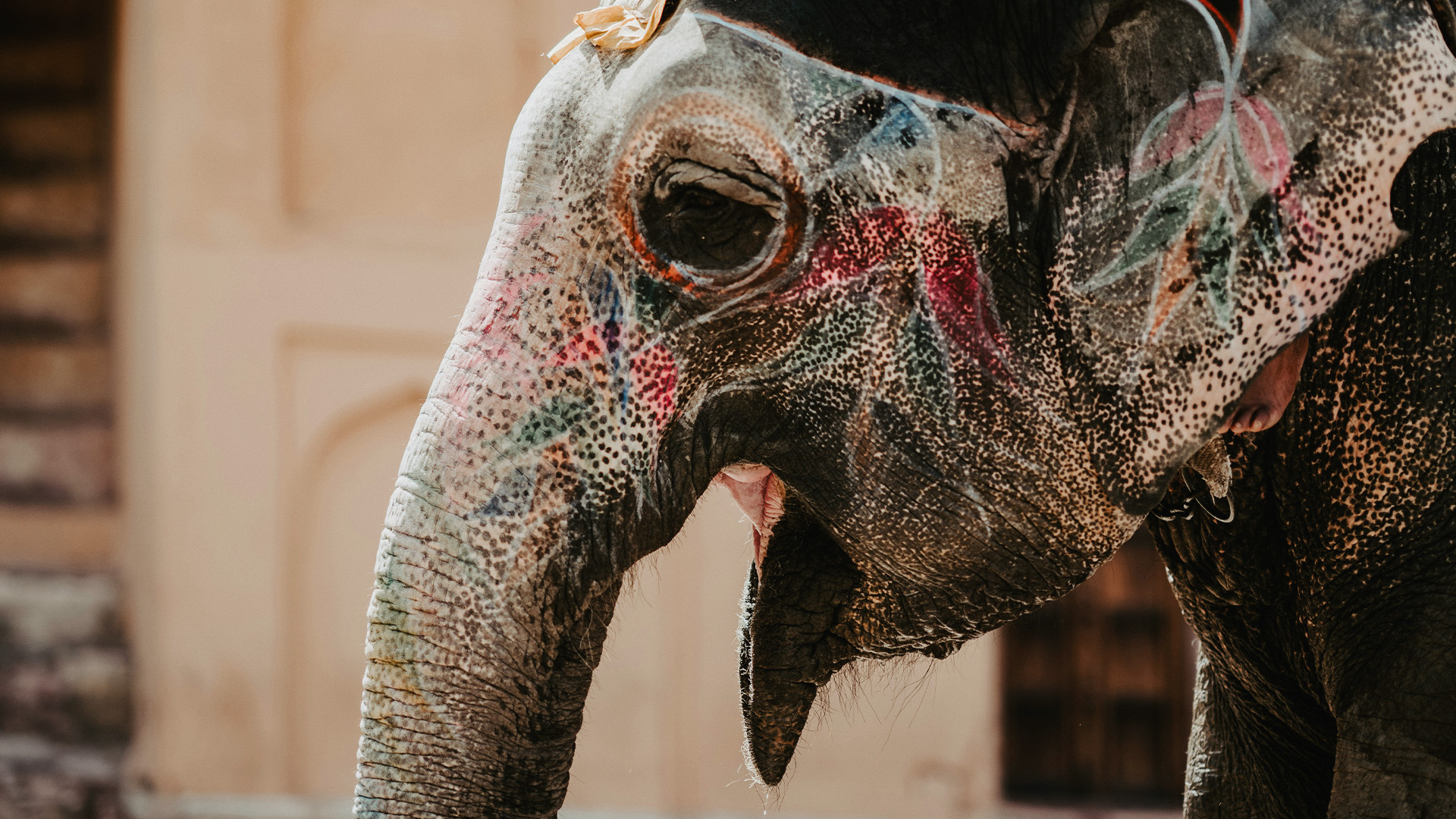Tourism is an important source of wealth for a country’s economic development. It generates commercial movement, creates jobs, drives the creation of new businesses, and promotes the care and improvement of the place. However, it is also a source of income from one of the most perverse activities: animal exploitation in tourism.
How often have we seen photographs on Instagram of people posing next to exotic animals such as lions or tigers? Photos of friends enjoying their vacations, surrounded by nature, holding a boa, a macaw, or a crocodile. Your feed even may contain an image of you swimming with sea turtles or dolphins or enjoying a show at a water park.
Well, let me tell you that behind the curtain not everything looks as it seems. Multiple mistreatment and deplorable living conditions make this tourist activity an ordeal for the animals that appear in those photographs.
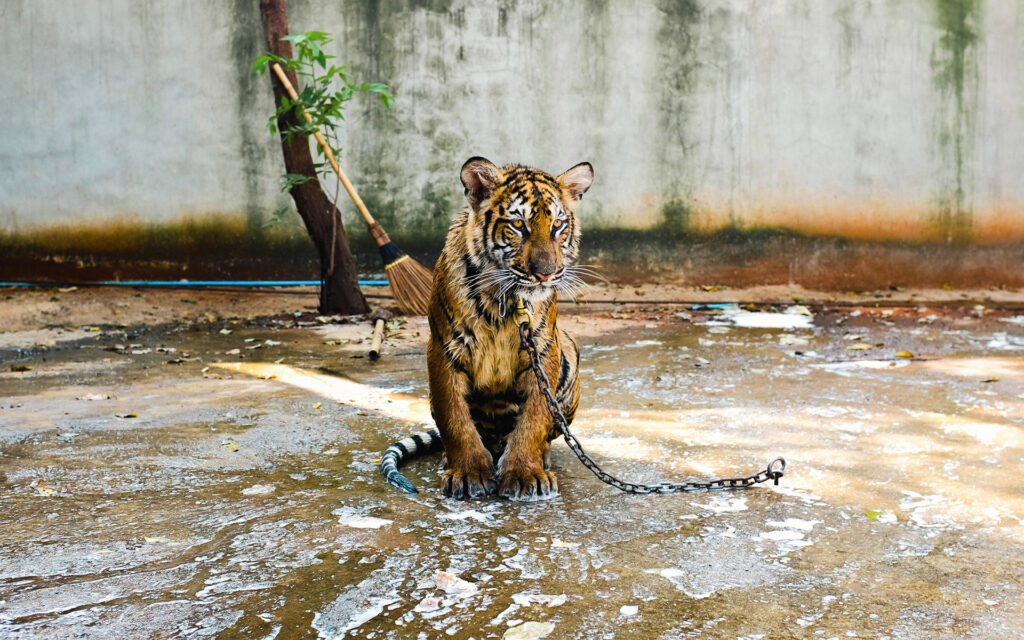
Animal abuse in tourism
When an animal is used as a form of entertainment, it means that it has been removed from its natural habitat. Whether or not he is born into it, he is deprived of the characteristics of his world, in which his species develop properly and freely.
Imagine having a vast ocean compared to a swimming pool of a few meters; going from running in the savannah to being confined to a ring, or even worse tied to a pole during the day and put in a cage at night (some so small they can hardly fit in standing).
You would start to feel anxious, right? Well, that is just one of the many humiliations they face.
Different forms of torture are used to subdue these animals and achieve “taming” them (in quotation marks because the process of domestication, the action of taming a wild animal, requires hundreds of years of selection and modification). Fear, transmitted through abuse, is the key to these animals obeying and not attacking humans. They break their spirit and their will.
As if that was not enough, in some places they file their teeth down or even extract them completely so that there is no possibility of a bite to tourists. The same goes for their claws.
They also separate their cubs from their mothers at a very young age. Females breed constantly to ensure baby specimens all the time. They are deprived of food until humans get what they want. They make them work tirelessly.
Poor living conditions, lack of a nutritious diet, and poor socialization put their well-being at risk. That is, the basic needs of the animal for an optimal life are set aside: environmental, health, behavioral, and psychological needs.
In addition, direct contact with tourists can negatively affect their physical health (injuries, illnesses) and mental health (chronic stress, depression, anxiety), their reproduction and feeding, and even lead to an early death (there is a significant difference between the life span of an animal in these conditions compared to its wild counterpart).
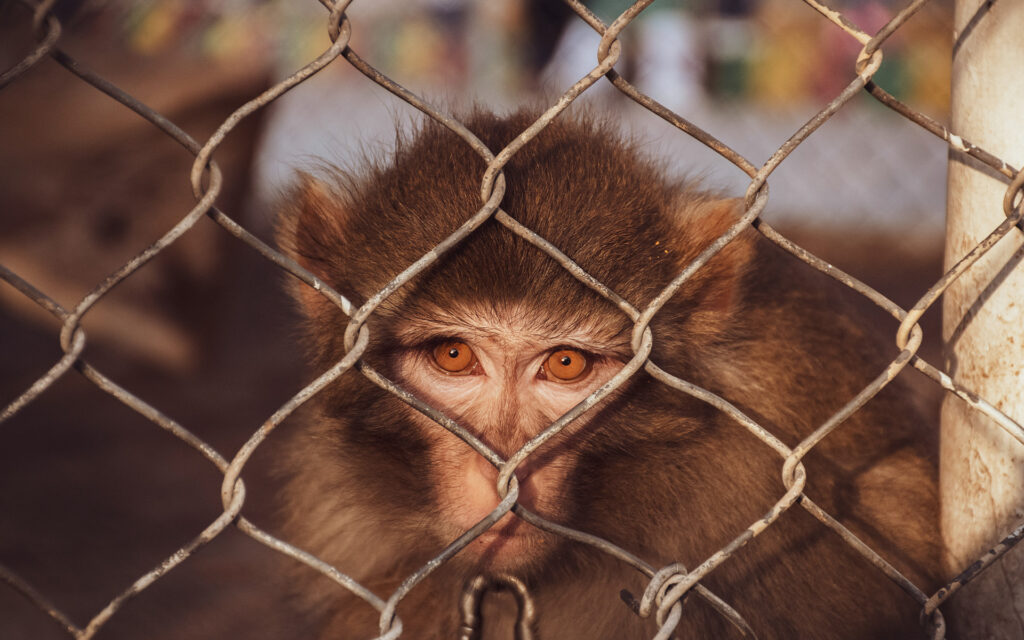
What are these activities?
There is a wide variety of experiences available to tourists, as well as plenty of destinations where they can be found. From exotic places such as Bali or Thailand to more urban spaces in the United States, Spain or Russia.
To name a few wildlife entertainment shows (e.g., circus, acrobatics, juggling, jumping, etc.), walks, swimming, water parks, posing with us for photographs, riding, playing, or any form of direct interaction with the animal where their physical and/or mental well-being may be compromised.
It is not natural for a wild animal to be so close to a human being. Still, less to be carried, put in front of cameras, or even touched. No matter how good the intentions are, it is not part of their nature, it is not just another accessory to show off, and it can cause them great suffering.
Even more normal activities such as horseback riding, donkey riding, or even camel riding can be part of this cycle of abuse. They may not have proper rest (the more rides they take, the more profit there is) or they may not have access to water sources. They can stand for hours in extremely high temperatures; they have to use uncomfortable and painful harnesses to carry cargo or people, inappropriate food; in short, thousands of situations that we cannot see while hiring these services.
Additionally, the conditions in which many of these animals live are far from alleviating their stress. Cramped spaces, which do not meet the animal needs to live (e.g., cold-blooded animals without access to sunlight), lack of hygiene. On the other hand, we should also be careful with the so called sanctuaries. Places with an image of ethical work, but which continue to work unacceptably behind the public’s back.
In the same way, some activities offer contact with animals in their habitat, making tourists believe that their actions will not cause discomfort when there is nothing natural about these encounters. For example, food is used as bait to get them closer to tourists. Elephant baths are another example of this. There, elephants are forced to spend hours in the water to please hundreds of tourists looking to have the experience. And, as in other centers, elephants are constantly abused for training from an early age.
Suffering in Silence
The biggest problem for the public is perception. Our animosity, naivety, or ignorance make us believe that animals are okay, and we are blind to the circumstances they face. They seem unfazed by our presence; they seem healthy and happy.
Yes, they just seem to.
They seem to be because we forget that these animals were stolen from their natural habitat, secluded away from their parents and their herd, to serve as entertainment. We are not aware of the trauma or the extent of their suffering. What happens before or after our visit is imperceptible to us since much of the mistreatment occurs behind the scenes or in the early stage of the animal’s life.
Thus, unbelief is a more widespread problem than is realized. As travelers, we do not see mistreatment, so we continue to attend these experiences. We do not see the cruelty they face, and we do not understand the repercussions of our visit, nor the implications of our actions: touching them, riding them, hugging them, etc.
Many times, to the tourist, the cruelty to these submissive animals is totally invisible.
World Animal Protection
These appearances are reinforced by the fact that, unlike humans, animals do not have a universal language for pain. According to National Geographic, recognizing their suffering through visual signs is difficult, as some even mask their symptoms so as not to appear weak to their predator.
Of course, they can feel it. All animals possess pain receptors, they are just unable to express it in the same way a human would: crying, screaming, gesturing. They suffer in silence.
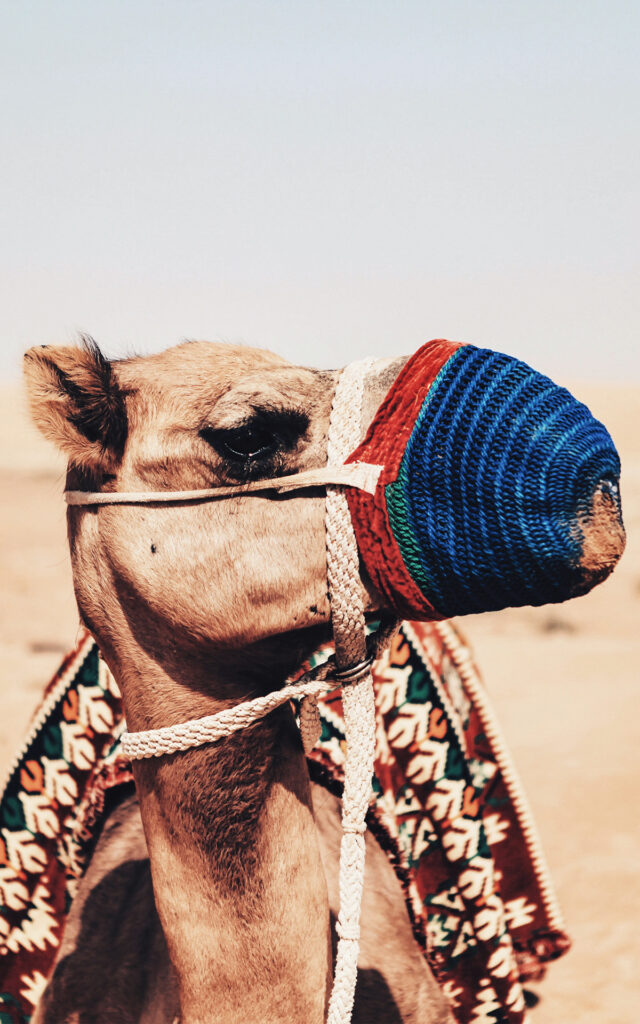
Data does not deceive
In 2015, a study by the University of Oxford (specifically its WildCRU Conservation and Research Unit) came to light that delves into the problem of wildlife tourism, with alarming figures.
It concludes that around 110 million people around the world visit at least one of these attractions each year. And at least 4 million of these tourists indirectly contribute to the perpetuation of abuses.
More than half a million wild animals are in this situation.
In addition, an analysis by World Animal Protection (an organization with more than 70 years dedicated to the protection of animals) of photographs with wild animals found on social networks, locates the concentration of these according to country of origin. The places mentioned can be either where the photo was taken or where the tourist marked it. That said, Australia and the United States top the list, followed in order by Thailand, the United Kingdom, Indonesia, Canada, and Brazil.
Behavior exacerbated by social media
It is often our love for animals that leads us to want to be close to them, to get to know them more closely, but ironically it is this innate curiosity of the human being that is killing them. Although these types of recreations have been present in society for decades, or even centuries, instead of diminishing over time, they have been in greater demand thanks to social networks.
The networks, with very wide visibility, negatively impact the popularity of shots and selfies with wild animals. These images increase interest in these activities, feeding the desire repetitively. And, as it is often the case, we do not know what goes on behind the scenes.
If it is already difficult to know reality while we are on the spot, it is even harder to recognize it as a viewer from our phone.
With millions of followers, celebrities also play an unwitting role in the increased demand. Their reach and popularity make their experiences an expectation and an object of desire or aspiration. Celebrities such as Kim Kardashian, Justin Bieber, and Cara Delevigne have shared their photos with exotic animals such as elephants, lions, tigers, and owls. This constant exchange of images makes common an act that endangers wild animals and encourages this type of behavior.
So what can we do?
While it can be difficult to recognize whether the experience is good for the animal, Wild Welfare (an NGO focused on improving the welfare standards of wild animals around the world) provides some recommendations to keep in mind.
For example, we must stay away from shows or direct interactions with these animals. On the other hand, we can opt for those activities that allow us to observe animals in their natural environment, at a prudent distance, which respects their space instead of invading it.
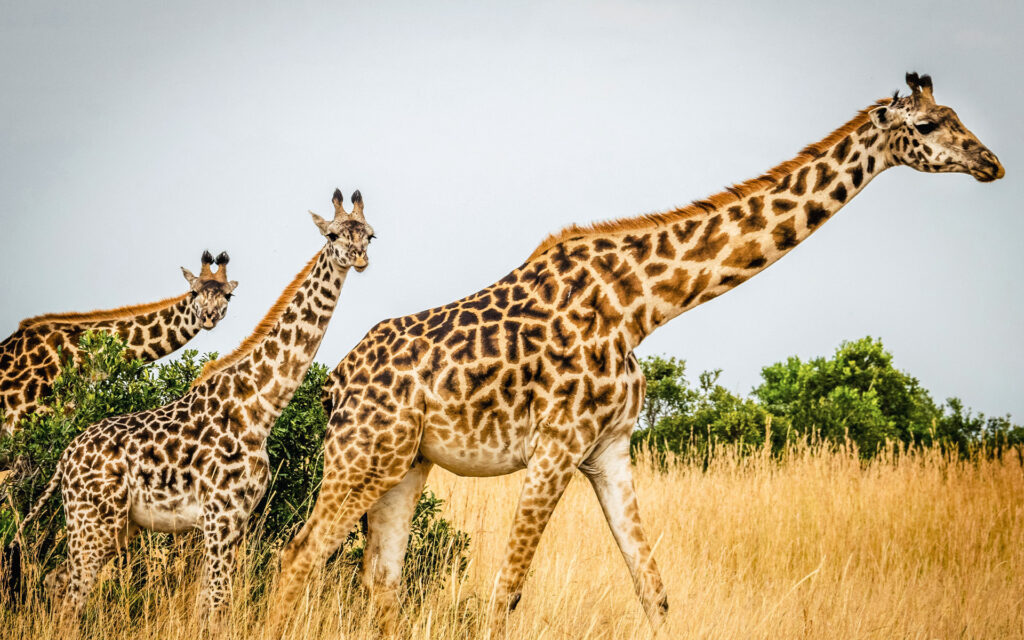
Let us bet on friendly, respectful, and responsible tourism with animals. We must investigate those centers that offer the services and make sure that they are legitimate and not a façade to deceive the tourists. We can go to sanctuaries, rescue, and rehabilitation centers recognized for their work. Many of them, precisely, rescue animals from these attractions and give them a new opportunity to live without exploitation within their enclosures, since it is difficult to return them to the wild. In this way, we will support places that care about animals, generating income so that they can continue with their work and care.
Beware of self-proclaimed sanctuaries, which claim to be a refuge for animals. One of the most well-known cases of this type of deception is that of the Tiger Temple in Thailand, which, in 2016, was exposed as a place of mistreatment and illegal trade of animals, especially tigers. 40 dead puppies were discovered in the freezers and more preserved in jars, as well as skins and teeth stored away. The surviving adult tigers were in deplorable conditions.
So, we have to investigate the facilities we are going to visit, look at the living conditions of the animals, and analyze what the impact of our visit will be: will we collaborate with the care of the species or, on the contrary, will we contribute to animal exploitation? What we choose to experience or avoid will help define the future of this industry and ensure the well-being of many animals in this unfortunate situation, as we are unwittingly part of the system that perpetuates the cycle of abuse. As with any other commercial activity, the greater the demand, the greater the supply. So, if the demand for exotic animals and a constant influx of money for their owners continues, the farms will continue. And with it, other associated illegal activities such as captivity, animal trafficking, and poaching.
In the same way, if we see something inappropriate, let us report it. These bad practices not only jeopardize animal welfare but also our own. Some pages such as ‘Born Free: Raise The Red Flag’ or ‘Responsible Tourism with Animals’ (from FAADA) allow us to report these acts online. We can also find information on how to make complaints in the country we are in through the World Animal Protection website.
Complementary actions and stricter measures are required. But also, committed people who do not overlook the humiliations they observe but raise their voices to make change.
We must be aware of the impact that our visit to the enclosure where it is located will have on the animal. You must be aware of what goes on behind the scenes for a wild animal to be submissive. We must act responsibly by making an informed decision and not be guided by a false image that they are happy in captivity.


